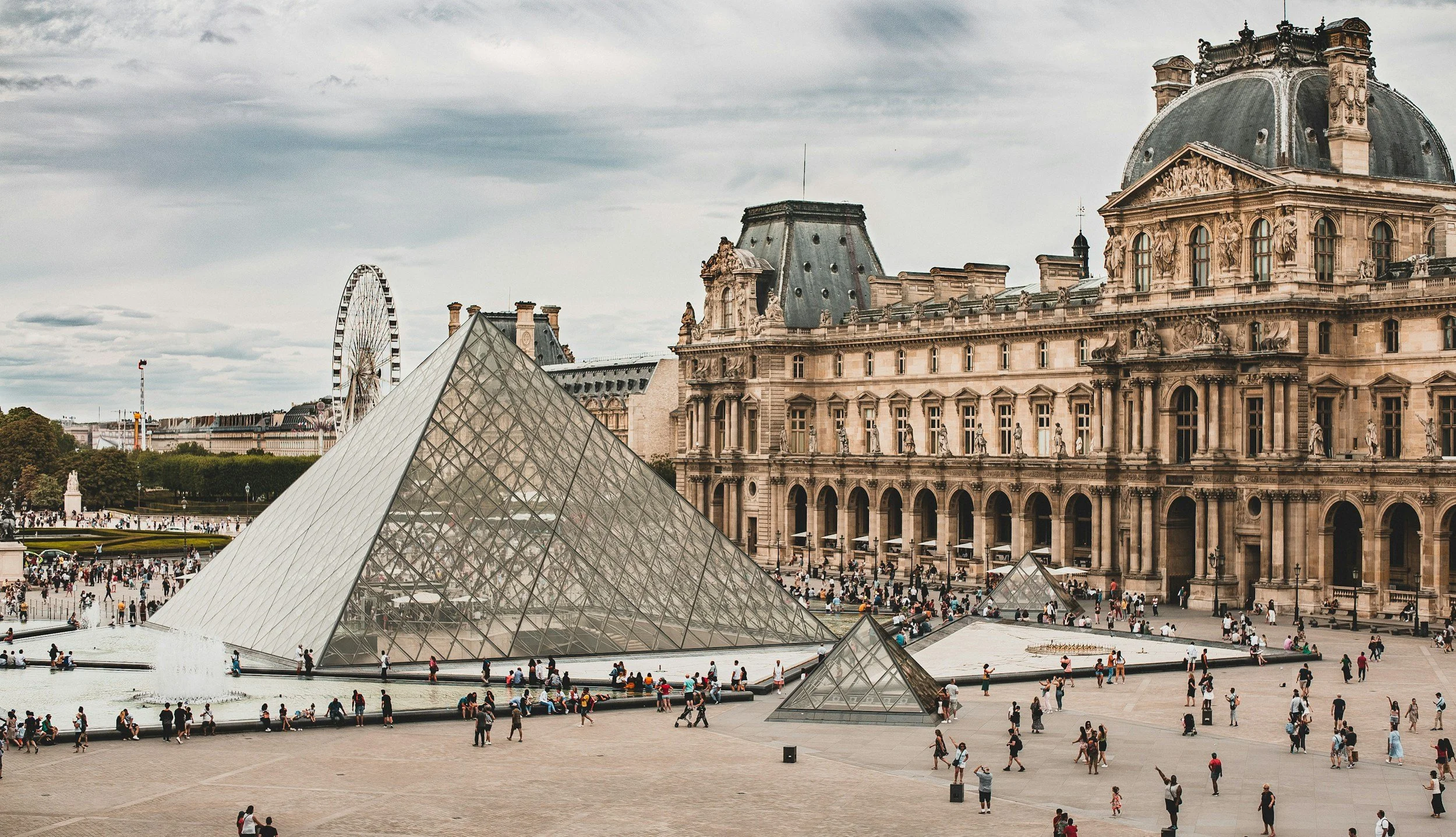What the Louvre Museum Heist Teaches Us About Security — and Why Any Organization Must Pay Attention
A bold daylight robbery at the Louvre Museum on October 19, 2025, shocked the global security community — not only because of what was stolen, but because of how easily it happened.
Four thieves, disguised as construction workers, commandeered a furniture hoist, entered through a first-floor window, and in under eight minutes stole eight priceless royal jewels — artifacts dating back to France’s Bourbon monarchy.
Now, weeks later, new details reveal a more complex — and more troubling — story. What began as a daring cinematic-style heist has now been tied to a group of low-level petty criminals who took advantage of renovation-related access and fragmented security oversight at the world’s most visited museum.
The latest developments show that even the most secure institutions can fall victim to human error, procedural gaps, and outdated technology.
🔍 What We Know Now: A Case of Opportunity and Oversight
French investigators have now arrested several suspects — including the getaway driver, identified after a passerby memorized his license plate and reported it to police. The group reportedly consisted of small-time offenders with limited sophistication, suggesting that the heist succeeded not because of advanced planning, but because of opportunity.
Authorities told BBC News that the robbers exploited temporary construction zones where security measures had been reduced to accommodate contractors — confirming early suspicions that relaxed oversight played a key role.
French cultural officials now face scrutiny for decades of underinvestment in museum security infrastructure, as well as insufficient coordination between contracted security firms and museum staff.
And as if to underscore these challenges, the Louvre has now temporarily closed its Greek Ceramics Gallery due to structural safety concerns, further highlighting the delicate balance between preservation and modernization across its facilities.
🧩 Key Weaknesses Exposed
The Louvre incident illustrates several systemic vulnerabilities that extend far beyond museum walls — relevant to any organization managing high-traffic, high-value environments.
1. Incomplete and Outdated Surveillance
Investigators confirmed that the museum’s surveillance network left blind spots in the wing where the robbery occurred. Some cameras were reportedly disconnected during renovation, and real-time monitoring was limited, allowing the thieves to move undetected.
For modern facilities, this underscores the need for fully integrated CCTV systems with intelligent analytics and live oversight — not static recording alone.
2. Unsecured Access Points
The thieves exploited a construction hoist and temporary façade access, entering through a service window. Such vulnerabilities are common during upgrades or maintenance periods.
Organizations should conduct comprehensive risk assessments before and during construction, ensuring temporary barriers, alarms, and access control remain active.
3. Alarm and Response Delays
Although alarms reportedly sounded once display cases were broken, response teams arrived after the suspects had already escaped. Investigators cited communication delays and a lack of real-time integration between alarm systems and live personnel.
Integrated alert systems that automatically notify both on-site security and external monitoring centers can eliminate these critical minutes of lost response time.
4. High Foot Traffic and Limited Staff Capacity
The Louvre welcomes over 20,000 visitors a day, a staggering volume that strains both its physical security infrastructure and human resources. Even the best-trained guards struggle to maintain situational awareness in such crowded conditions.
This reality highlights the need for AI-powered monitoring solutions that enhance — rather than replace — human oversight. Systems like IntelliSee use computer vision to detect threats such as intrusions, unsafe movement, or suspicious activity in real time.
By combining artificial intelligence with human expertise, organizations can extend visibility, reduce fatigue-related errors, and ensure every potential risk is identified before it escalates.
5. Underinvestment and Fragmented Oversight
Louvre officials reportedly acknowledged resource limitations and a patchwork of legacy systems — an issue common in many large institutions and corporations. Security modernization often competes with operational or preservation budgets, leaving vulnerabilities unaddressed.
To close these gaps, institutions must prioritize sustainable security investment, including staff training, system integration, and managed service partnerships that ensure continuous reliability.
🧠 Lessons for Every Organization
While the Louvre’s heist captured headlines for its audacity, its lessons apply broadly across industries:
No environment is immune to oversight gaps. Even top-tier facilities can falter when systems or protocols are fragmented.
Technology and people must work together. AI surveillance, managed monitoring, and trained personnel form a cohesive defense — one cannot replace the other.
Integrated response saves time — and assets. Video, alarms, and access controls must function as one interconnected system.
Security requires continuous attention. A “set it and forget it” mindset invites exposure. Maintenance, testing, and training are critical.
🛡️ How Communication Company Strengthens Security
At Communication Company, we design and support integrated life-safety and security systems that prevent exactly these kinds of vulnerabilities.
Our tailored solutions include:
Video Surveillance & Management – Complete coverage with smart analytics and centralized monitoring.
Door Access Controls – Secure entry, credential tracking, and lockdown readiness.
Intercom & Entry-Point Communication – Visual and audio verification for controlled access.
Emergency Monitoring Services – 24/7 alarm response for fire, intrusion, and environmental systems.
ComCare Managed Services – Continuous system maintenance, updates, and support to ensure reliability when it matters most.
By uniting technology, monitoring, and expertise, we help organizations protect people, property, and peace of mind — no matter their size or industry.
⚠️ Final Thought: The Global Lesson of the Louvre
The Louvre heist isn’t just about stolen jewels — it’s about missed connections between people, process, and technology.
Whether you oversee a museum, hospital, campus, or corporate facility, the message is the same: Security isn’t about prestige — it’s about preparedness.
Invest in integration. Empower your personnel. Adopt intelligent solutions. Because true protection requires partnership — between humans, systems, and innovation.
